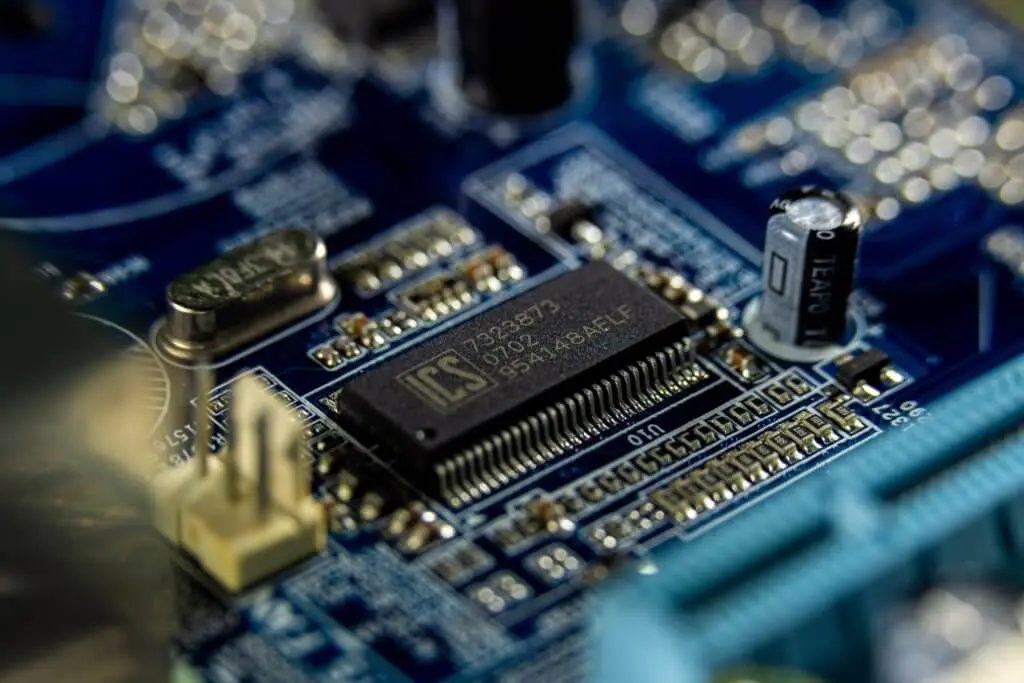Is the semiconductor industry experiencing excess supply or demand shortages?
In an Interview with Third Bridge Forum, the specialist said that over the past 30 years, the semiconductor industry has moved in an “over supply to… over-demand” cycle which is likely to continue. They told us that foundry customers like Qualcomm are “ahead of the curve” in procuring semiconductors, and have enough wafers for at least 20 weeks.
The specialist told us there are two types of semiconductor manufacturing, leading edge and trailing edge. The latter is experiencing “real” shortages, according to the Interview. We were told leading edge chip customers typically single source foundry capacity, whilst a trailing-edge customer will dual source. Qualcomm dual sources for competitive pricing and flexibility, according to the specialist. However, Apple single sources, which they speculated could be because the company is happy with the pricing and quality of TSMC.
The Interview also considered how the key purchasing criteria for manufacturers without semiconductor fabrication plants (fabs) and foundry customers differ. For example, they said for Apple, performance and supply is “critical”. On the other hand, for a company like Qualcomm, price is a “high priority”. The specialist said this could be because Qualcomm buys chips to sell, whilst Apple purchases for its own use.
We heard that friend-shoring and deglobalisation in the semiconductor industry have not directly affected how foundry customers source semiconductors. Rather, these trends are affecting semiconductor manufacturers like TSMC, which are building fabs in the US. Geographical location is not considered important for foundry customers due to their need for all semiconductor supplies to service the current market.
To protect from exogenous shocks such as an escalation of political tensions in the Taiwan Strait, the specialist said foundry customers would likely scatter intellectual property across multiple foundries globally. This could take up to a year or more to complete, we heard.
The passing of the US CHIPS and Science Act and European Chips Act is likely to be an incentive for fab manufacturers rather than fabless manufacturers like Qualcomm, according to the specialist. Click here to read more on the US CHIPS Act. They told us if the US or Europe is to become more attractive for foundry semiconductor manufacturing to a company like Qualcomm, more testing needs to be done in these areas, with most currently conducted in APAC.
Click here to access all the human insights in Third Bridge Forum’s “Global semiconductor manufacturing – capacity sourcing and supply chain management” Interview.
The information used in compiling this document has been obtained by Third Bridge from experts participating in Forum Interviews. Third Bridge does not warrant the accuracy of the information and has not independently verified it. It should not be regarded as a trade recommendation or form the basis of any investment decision.
For any enquiries, please contact sales@thirdbridge.com



